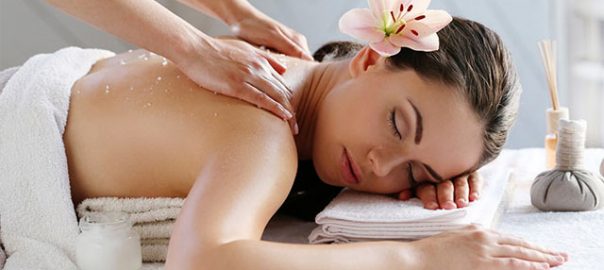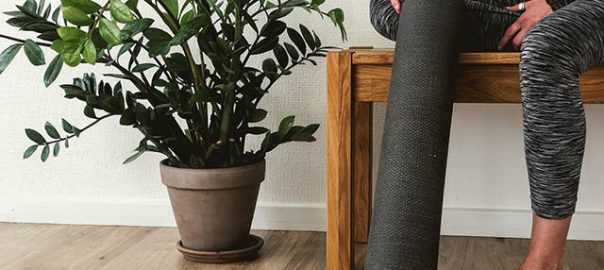Introduction
Pilates is one of the most effective exercises you can do to strengthen your core and improve your posture. But many people shy away from Pilates because they think it’s boring or difficult. The truth is that Pilates can be challenging, but also fun! By using a reformer, which is basically a specialized machine that helps you perform Pilates moves in an efficient way by giving resistance at just the right moment, you’ll get better results faster than ever before. Here are 6 reasons why I love doing Pilates on my own reformer at home:
Strengthening your core.
Your core muscles are the ones that stabilize your trunk and spine. Pilates can help you strengthen these important muscles, which include the pelvic floor, transverse abdominis (deep layer) and abdominal muscles (superficial layer), back extensors, multifidus spinae and hip flexors. Strengthening your core is important for improving posture, balance and movement. Infra red sauna Northern Beaches can heal your muscles after you have played basketball.
More movements.
Pilates on a reformer is more dynamic than mat Pilates. In reformer Pilates, you use your own bodyweight as resistance to perform exercises that are both demanding and effective—and there’s no need for additional equipment like weights or bands if you want to add resistance.
In addition to being more dynamic, the constant movement in reformer Pilates can help stimulate your body’s muscles more effectively than static movements performed on an exercise mat. By stimulating muscles over and over again through varied repetitions, reformer Pilates can help you achieve your fitness goals faster than traditional mat Pilates classes or other types of exercise like running or weightlifting.
Better posture.
With the help of a Pilates instructor, you can learn how to maintain good posture. The Pilates method focuses on strengthening the core muscles that support your back and shoulders, resulting in an improved alignment of your body. This helps hold you upright when standing or sitting, which is important for preventing injuries like back pain and shoulder strain.
The instructor will also teach you how to properly position yourself on the reformer machine so that you’re able to work each part of your body equally as well as possible—including strengthening weak areas like hamstrings or glutes (butt). This ensures that all parts of your body are working together for optimal results!
Faster results.
If you’re looking for a workout that will give you results quickly, Pilates on a Reformer is the way to go. With this method, you can see results in as little as two weeks. The reason why Pilates on a Reformer works so well is because it gives your body what it needs: strength and endurance without adding bulk. You’ll be able to increase muscle tone while working out just as intensely as with other workouts, but without having to worry about gaining weight or bulking up too much (which can happen if you do CrossFit).
In addition to getting faster results from your workout sessions, another advantage of doing Pilates on a Reformer is that it’s easier for beginners to learn how to do these exercises correctly than when using free weights or dumbbells in an open space like regular exercise equipment does not offer enough support for beginners who are trying out new movements such as push-ups or lunges with their own bodyweight alone yet still want something challenging enough where they feel like they’re getting stronger even though they may not be able to lift very much yet themselves yet because there aren’t any safety concerns since everything’s done inside an enclosed area!
Improved balance via instability.
Pilates is a form of exercise that works your core, and improves your balance. It can be done at home or in a studio. There are many different kinds of equipment you can use to do Pilates: there are reformers, springs, chairs and balls for example. One of the most popular types of equipment is the Reformer because it allows you to work on different ranges of motion and planes (front/side/rear) which helps increase flexibility as well as strength throughout your body.
The Reformer has springs which allow instability so you have to constantly engage those core muscles throughout each exercise by stabilizing yourself against that unstable force; this means you don’t just do one set then rest until next set like with traditional weight-lifting exercises—with Pilates it keeps going until finished! This constant engagement strengthens all parts around spine even those deep inner abdominal muscles needed for good posture & alignment while also improving balance by helping develop proprioception (awareness).
Targets specific muscle groups.
Pilates targets specific muscle groups and works to strengthen these muscles. For example, the Pilates Center of New York says that this exercise can help you create a firmer back, increase your flexibility and improve your posture. With these benefits, it’s no surprise that many people who have been injured or have chronic pain find relief when they start doing Pilates regularly.
This is especially true for those who suffer from lower back pain because the exercises focus on strengthening the core muscles of your abdomen and lower body, which means less strain on your back during activities like bending over or lifting heavy objects.
Pilates has also been shown to be beneficial for people with scoliosis (a condition where one side of their spine curves) because it helps strengthen their core muscles without putting too much strain on any one area in particular — unlike other forms of exercise such as running or jogging where repetitive motions can cause further damage over time
A Reformer Pilates regimen provides numerous benefits for your body and can get you stronger, faster
Pilates offers a variety of benefits, including improved posture and balance, weight loss and toning. The reformer is an exercise machine that helps you achieve these goals by strengthening your core muscles.
Pilates on the reformer can also improve the circulation of blood in your body, which can help relieve chronic pain. This increased circulation also allows nutrients to be delivered all throughout the body so that it will function at peak performance levels. Pilates on a reformer also has other positive side effects such as strengthening your metabolism and improving digestion by moving food through your intestines faster than normal.
Conclusion
A Pilates reformer workout is a great way to get in shape and stay fit. It’s also an excellent way to improve your posture, balance, and core strength. If you want to get started with this type of exercise program, then you need to check out our online store! We have products that will help make it easier than ever before for anyone looking for ways to improve themselves physically. Click here on how to get in shape and stay fit.


